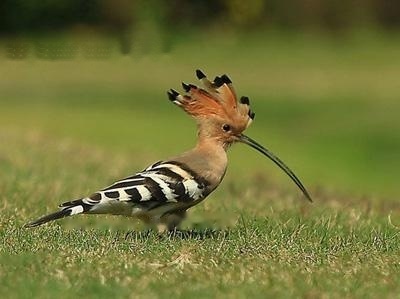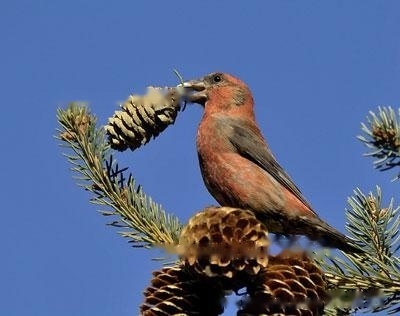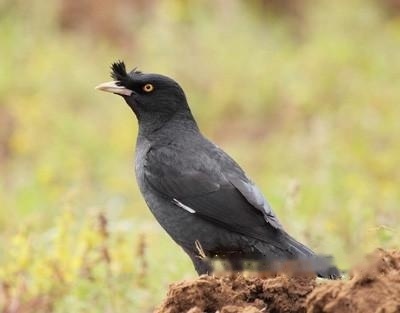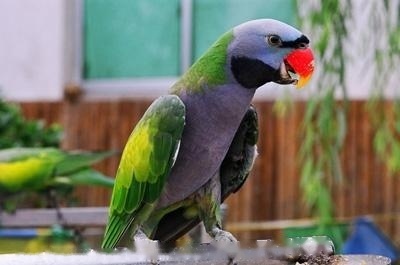The most typical feature of Sixi bird is its extremely long tail, about 21 centimeters in length. People often confuse magpie with Sixi bird, the difference is Sixi bird Birds are smaller than magpies. So it is not difficult to distinguish.
Sihe bird is a small bird, the male bird is mostly black on the upper body, with white spots on the wings, and the lower body is black in the front and white in the back, which is very eye-catching. The female is gray-brown on the upper part, with white spots on the wings, and the lower part is also gray-brown at the front and white at the back. The characteristics are very obvious, and it is not difficult to identify in the wild. Similar species of magpies are significantly larger and of the same color, so it is not difficult to identify them in the wild.
The entire head and upper body of male birds, such as forehead, top of head, head side, pillow, nape, neck side, back, shoulders all the way back to tail coverts, are roughly Black with blue metallic luster. The central two pairs of tail feathers are black, the rest of the tail feathers are white, with only a little black spot at the base, and the fourth pair of outer tail feathers have black feather edges only on the inside or on the inside and outside. The two wings are dark brown, and the small, middle, secondary and inner secondary flight feathers on the wings are white outside, forming a broad white wing spot on the wings, especially when flying. The lower body chin, throat, upper chest, cheeks, neck side and head are the same color, all bright blue and black, the lower chest, abdomen and undertail coverts are white, and some flanks and undertail coverts are slightly stained with gray. Female birds are roughly similar to male birds, but the upper body is mostly black gray or dark brown gray, and the forehead, eyes, head side, cheeks, throat, and chest are dark gray or grayish brown. The rest of the underparts are white and slightly brown. Juveniles are gray-brown or dark-brown upper body, throat, breast brown or yellow-brown, with black-brown feather edges, and the rest are similar to adults. Iris brown, bill black, tarsus and toes dark brown or gray brown.




